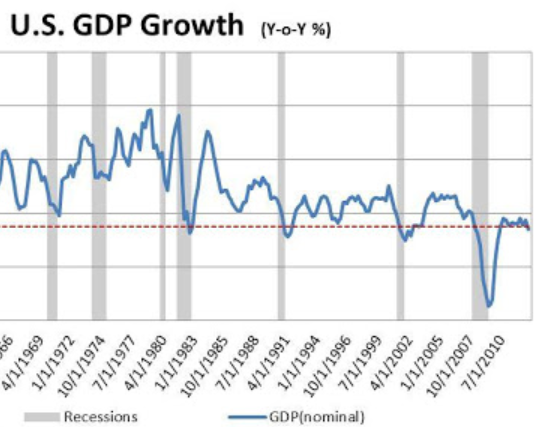Mariner mentioned in a recent post that several institutions in the United States are in worse shape than they may seem. One was education. Just very briefly and broadly, education has shifted as social change has shifted: In the pre-industrial age, education was all about local training and learning financial and writing skills commensurate with local need. General primary education was sparsely represented and was charged with basic reading and writing skills; in rural areas, average dropout by students was the fourth grade.
The second half of the 1800s had a burst of industrial, chemical and electrical discoveries that called for higher language and communication skills – each requiring more ability via writing and speaking; in the middle of this period, student grading was introduced to public education and became the norm – some history and social science were added.
By the early 1900s, large urbanization and competitive businesses were setting knowledge standards for employment – more education with better grades became a workforce standard for getting ahead and earning more. Colleges began to be an option for the general population, no longer limited to the elite and one-off intellectuals.
By the end of WWII (1944), the government had become strongly democratic and sponsored educational activity at all levels. Public schooling grew rapidly; a notable shift in extended education arose as military service offered free college. This broad financial boost to college education, available to virtually anyone, was the beginning of the ‘white collar’ social class. All education, from first grade to college graduate, was well funded and easily attainable – expected for anyone not in labor or service careers.
Until the political parties switched many of their social commitments in the 1960s when Lyndon Johnson pushed through civil rights legislation and Dixie went red, education was under the blessing of the democratic (AKA white collar) party and remained stable.
But a rough economic era since the 1970s (chart) and three destructive recessions in 1973, 1983 and 2007 have disrupted discretionary funding, including health and tax fairness as well.
A definite beneficiary of the government’s financial support was the colleges themselves, who raised tuition. In 1980, the price to attend a four-year college full-time was $10,231 annually – including tuition, fees, room and board, and adjusted for inflation – according to the National Center for Education Statistics. By 2019-20, the total price increased to $28,775. That’s a 180% increase.
National politics are shifting back to lower income social classes. There are many reasons for education to be wary: weaponized political parties, weaponized religious denominations, and huge, life changing historical college debt, social media, ChatGTP, all of which leave education in a collapsed state. Public schools are dominated by closed-minded school boards; college applicants are demanding low tuition and guaranteed jobs at graduation – a demand that has allowed corporations to begin funding education.
Perhaps the shifts in education are a clear example of what’s happening everywhere in these disruptive times. The education dilemma also shows the complex, interwoven influences across life’s processes in government, industry and society. We cannot solve education independently – many frontiers must be solved at the same time.
Ancient Mariner
